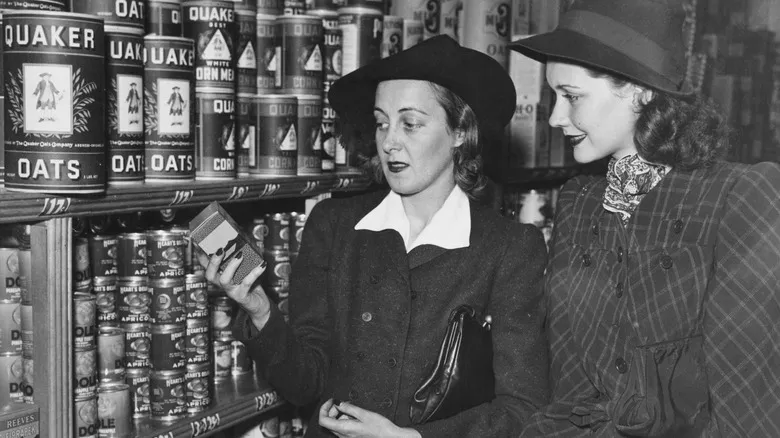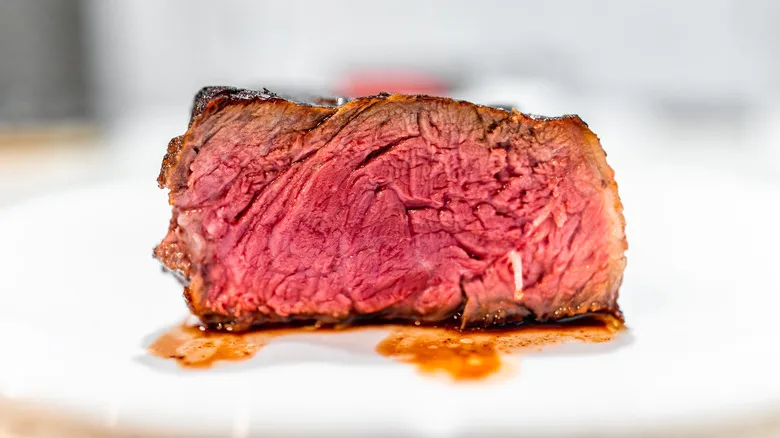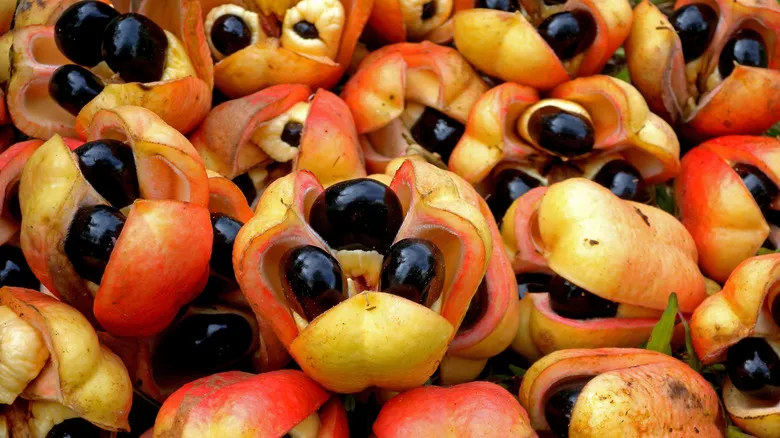All about the aromatics

When exploring why cold pizza is so delicious, it's essential to consider the role of aromatics. These flavor components form the foundation of numerous dishes, including curries, sauces, and soups, and can consist of herbs, vegetables, and even meats. Among them, onions and garlic are the most commonly used. Most pizza sauce recipes start with a base of sautéed onions and garlic before adding tomatoes. These ingredients create a flavorful backdrop for the pizza, which is further enhanced by cheese and toppings.
However, if you believe that sautéing is the key to unlocking the full potential of aromatics, you might want to experiment with refrigerating them. Eating your pizza the next day—perhaps even straight from the fridge—can intensify the flavors in your sauce. Over time, aromatic ingredients mellow and blend with other flavors in the dish, resulting in a more harmonious taste. Cold pizza can also temper certain flavors that might overpower the aromatics, as your palate is less sensitive to sweet and bitter notes when food is cold. This means that your tomato-based pizza won't taste overly sweet when enjoyed straight from the fridge. Additionally, cold food enhances the taste receptors for saltiness, giving your pizza an extra savory kick, especially if it features salty toppings like pepperoni or ham.
Keeping cheese solid and crust crispy

Nonetheless, it's not only the sauce that gains from being refrigerated. The crust and cheese can also benefit from the cold, particularly if you prefer your pizza without the mess. This is because refrigeration helps the pizza maintain its structure more effectively. Additionally, the cold prevents the cheese from melting into the sauce and crust, ensuring that each layer of the pizza remains distinct. As the oils and cheese solidify in lower temperatures, they are less likely to seep into other layers, enhancing the overall structural integrity of your pizza.
This principle applies to the crust as well. The oils in the baked dough will solidify in the refrigerator, resulting in a less greasy crust. When you take the pizza out of the fridge, the crust will also become firmer. However, it's worth noting that refrigerating bread can lead to the recrystallization of starches, which accelerates the staling process. Therefore, if left in the fridge for too long, that cold crust may become somewhat tough. But if consumed the next day, refrigeration can serve as an effective way to firm up your pizza, transforming it into a nearly new and distinct dish compared to its hot counterpart.
So, whether or not you believe that pizza — like revenge — is best enjoyed cold, you might want to give the chilled version a chance. You may be pleasantly surprised by how tasty cold pizza can be.
Recommended

The First Cereal Mascot Was Surprisingly Boring Compared To Its Colorful Successors

What Makes Steak Juices Red, If Not Blood?

Pepsi Is Bringing Back Its Legendary Pepsi Challenge To Kick Off Super Bowl Weekend

Why It's Illegal To Bring The National Fruit Of Jamaica Into The US
Next up

